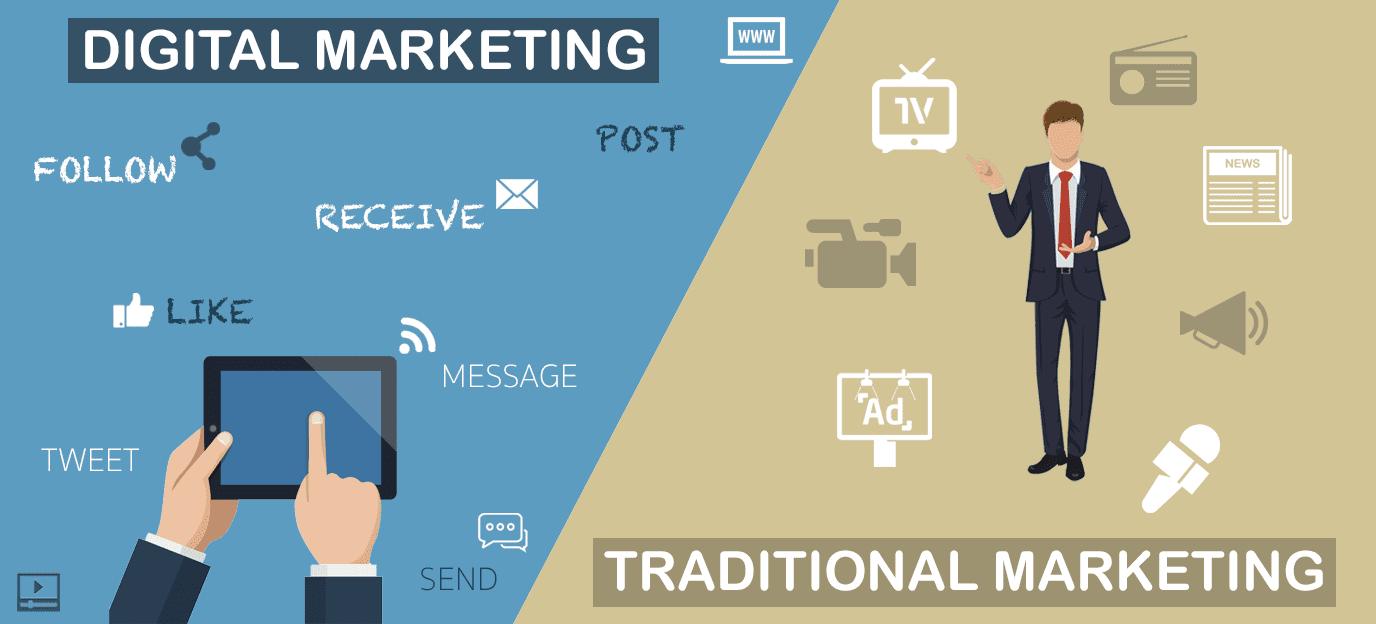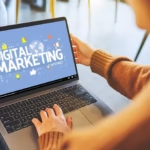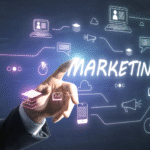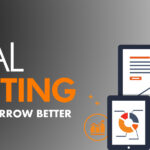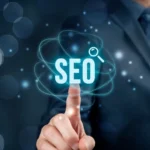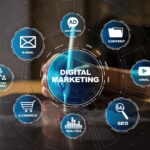Digital or Traditional: Which Marketing Strategy Works Best?
In today’s hyper-connected world, the way brands communicate with their audiences has changed dramatically. Traditional methods like TV ads, billboards, and print media are no longer the only tools marketers rely on. Digital marketing driven by data, technology, and online platforms has taken center stage.
But the question remains: Will digital marketing completely replace traditional marketing?
The answer is more nuanced than a simple yes or no. This blog explores the key differences, current trends, strengths and weaknesses of each method, and the evolving future of marketing.
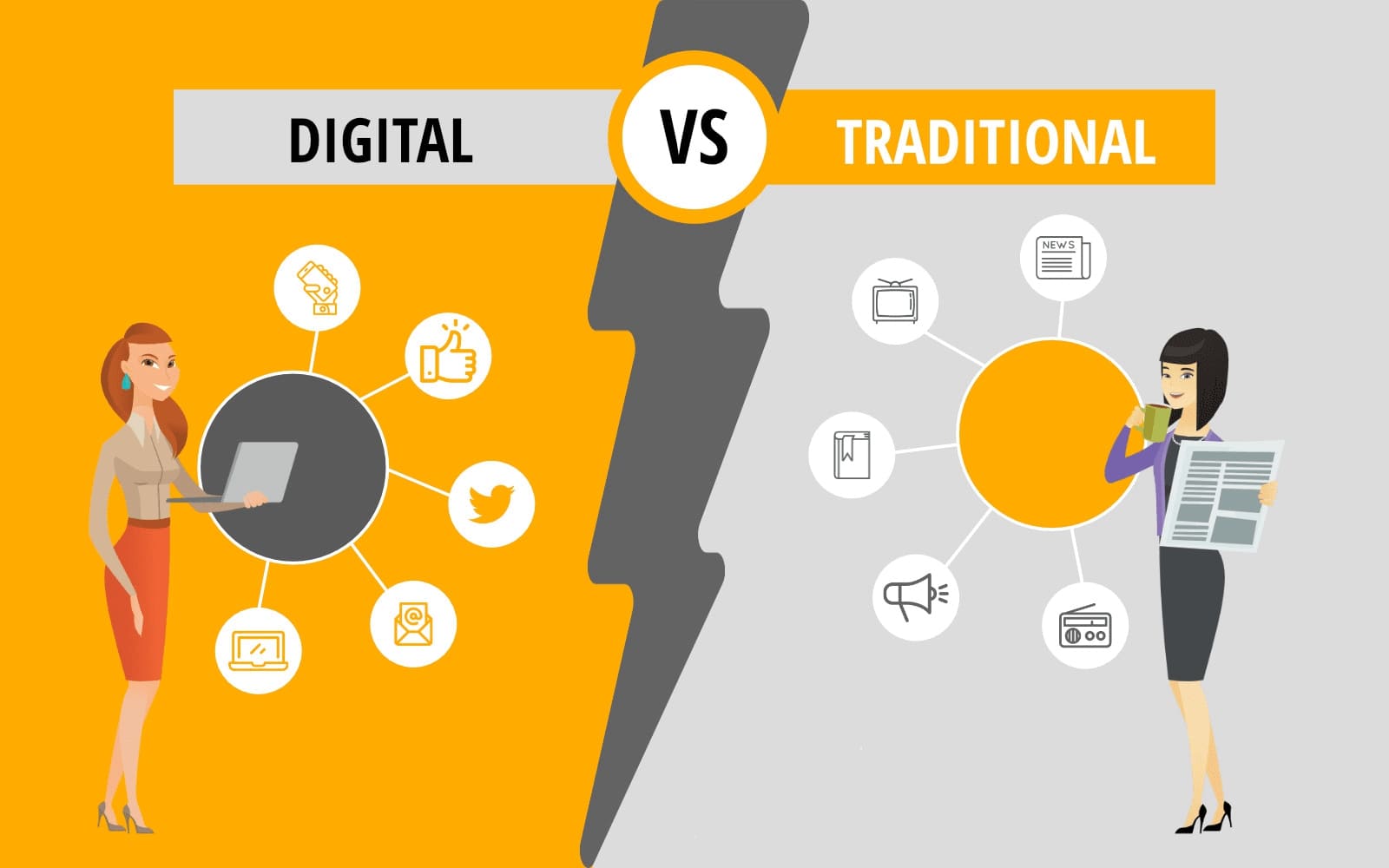
📌 Understanding the Core Differences
| Aspect | Traditional Marketing | Digital Marketing |
| Channels | TV, Radio, Print, Billboards | Social Media, SEO, Email, Paid Ads |
| Targeting | Broad, location-based | Niche, behavior-based |
| Cost | Expensive | Budget-friendly |
| Tracking | Hard to measure | Real-time analytics |
| Engagement | One-way communication | Two-way, interactive |
| Reach | Limited to region or country | Global and scalable |
📊 Why Digital Marketing Is Gaining Popularity
Digital marketing is not just a trend; it’s a shift in how businesses engage with their audience. Here are some reasons why it has become a dominant force:
1. Highly Targeted Advertising
- Marketers can choose audience based on demographics, interests, behavior, and even device type.
- Ads reach exactly the right people at the right time.
2. Performance Tracking and Data Analysis
- Platforms offer real-time data on impressions, clicks, conversions, and more.
- This enables continuous campaign optimization and budget control.
3. Greater Engagement
- Unlike traditional marketing, digital allows direct interaction.
- Social media, comments, polls, and messages build stronger customer relationships.
4. Cost Efficiency
- Startups and small businesses can run effective digital campaigns without massive budgets.
- Pay-per-click (PPC), influencer marketing, and email campaigns are highly affordable and scalable.
🚫 Why Digital Marketing Won’t Completely Replace Traditional Marketing
Despite the digital revolution, traditional marketing still plays a vital role — especially in certain industries, markets, and demographics.
1. Stronger Physical Presence
- Physical ads like billboards, event banners, or product displays create a tangible brand experience.
- Real-world exposure enhances brand recall.
2. Reaching Offline Audiences
- In rural or under-connected regions, traditional media is still the primary communication tool.
- Print and radio remain effective in specific communities and age groups.
3. Brand Trust and Authority
- TV and newspaper ads are often perceived as more credible, especially by older generations.
- Some consumers associate traditional channels with established, trustworthy brands.
💡 A Balanced Approach: Integrated Marketing
Modern businesses are not choosing one over the other — they are blending both.
This approach is known as Integrated Marketing Communication (IMC), where digital and traditional tools work together to deliver a unified message.
📋 Example Table: Combining Both Worlds
| Traditional Tactic | Paired Digital Strategy | Outcome |
| TV Commercial | YouTube Ad Retargeting | Broad reach + specific audience follow-up |
| Newspaper Ad | QR code to landing page | Offline to online traffic |
| Trade Show Booth | Live social media coverage | Event exposure + online engagement |
| Print Flyers | Promo codes for e-commerce | Trackable conversion |
🔍 Key Areas Where Traditional Still Leads
- Events & Sponsorships: Physical booths, banners, and sponsorships still have unmatched visibility.
- Luxury Products: High-end brands often rely on glossy magazines, billboards, and TV for prestige appeal.
- Political Campaigns: Mass communication via radio, flyers, and TV remains crucial in elections.
🌐 Where Digital Marketing Dominates
- E-commerce: Online product discovery, reviews, and targeted ads drive sales.
- Startups: Cost-effective reach and instant feedback help new businesses grow quickly.
- Freelancers & Creators: Personal branding via YouTube, Instagram, and LinkedIn is now essential.
📈 Future Outlook: Complement, Not Replace
Looking ahead, digital marketing will continue to grow — powered by AI, automation, voice search, and new platforms. But it is unlikely to fully replace traditional marketing. Instead, the future lies in using both together to:
- Increase reach
- Improve ROI
- Strengthen brand presence across channels
Brands that understand both worlds and use them wisely will lead the market.
❓ Frequently Asked Questions (FAQs)
1. Will traditional marketing become obsolete in the next few years?
Not entirely. While digital is growing faster, traditional marketing still holds value in brand recall, mass communication, and markets with limited internet access.
2. Is digital marketing better for small businesses?
Yes. Digital offers low-cost, targeted strategies that small businesses can easily afford and measure. It’s ideal for growth, especially in early stages.
3. Can a business survive using only traditional marketing in 2025?
It’s difficult. Without digital presence, businesses miss out on online traffic, data insights, and broader reach. A hybrid approach is more sustainable.

